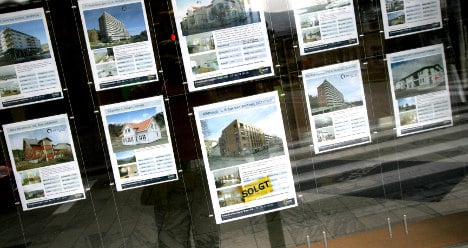Norwegian property rose 2.6 percent in the first and second quarter of 2013, according to new figures released on Tuesday from Statistics Norway. Detached houses, however, increased in value by as much as 3.8 percent.
The price of property went up the most in the town of Bergen, with the average price increase across the property market 9.8 percent in the first half of the year. Cities Trondheim, Oslo and Stavanger also saw significant increases.
On average, property prices have gone up by 5.4 percent since the same period last year.



 Please whitelist us to continue reading.
Please whitelist us to continue reading.
Member comments